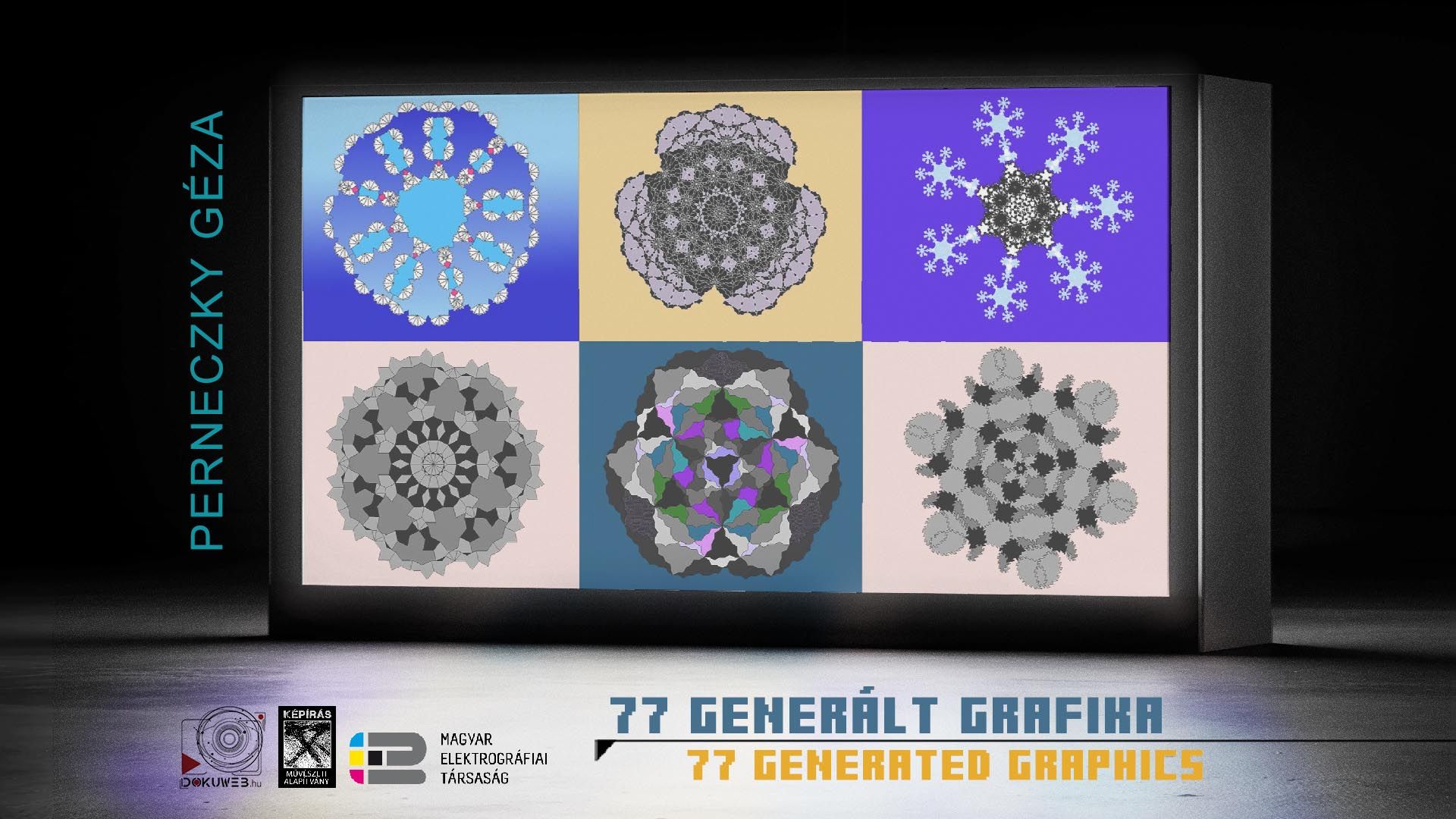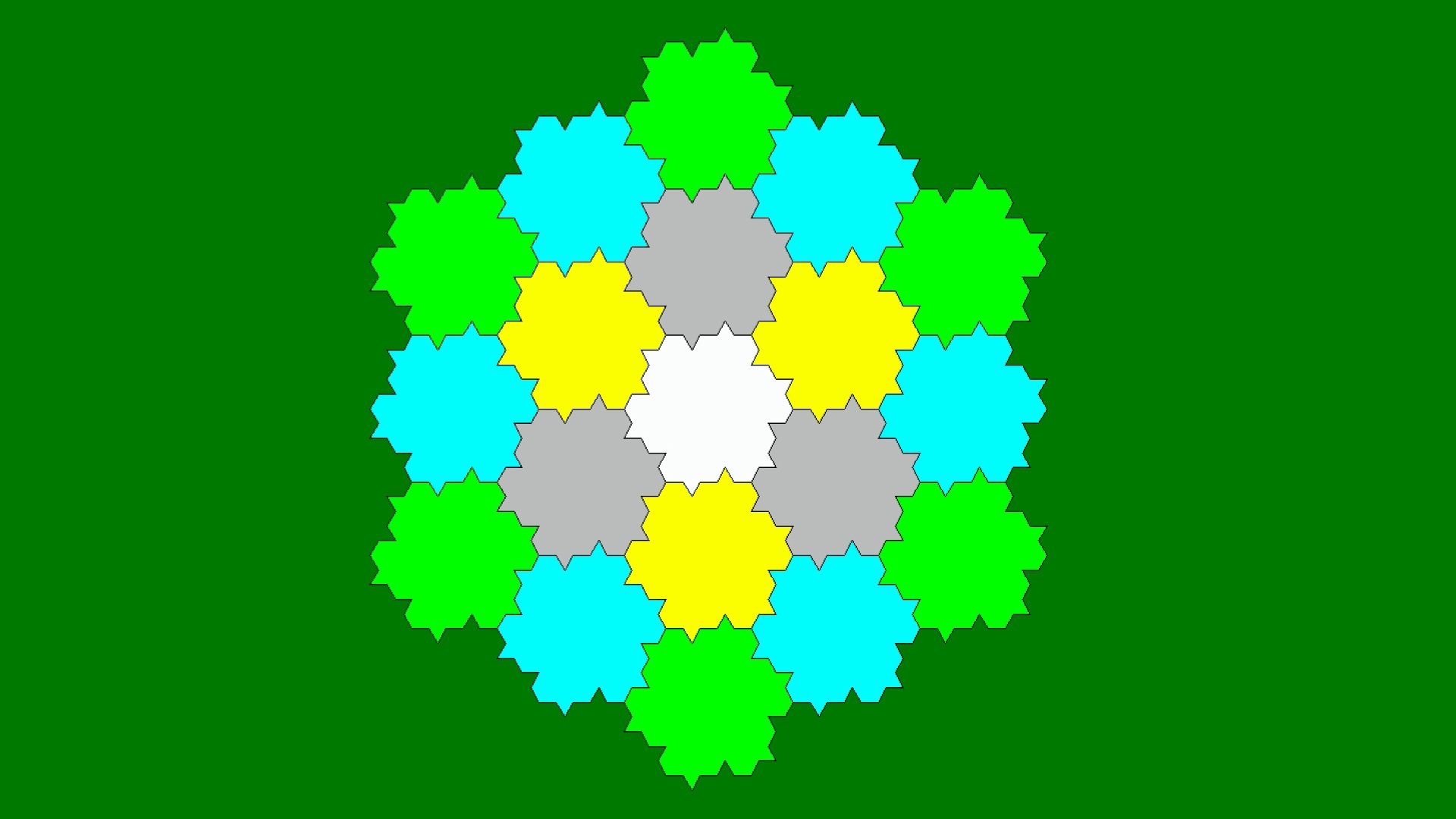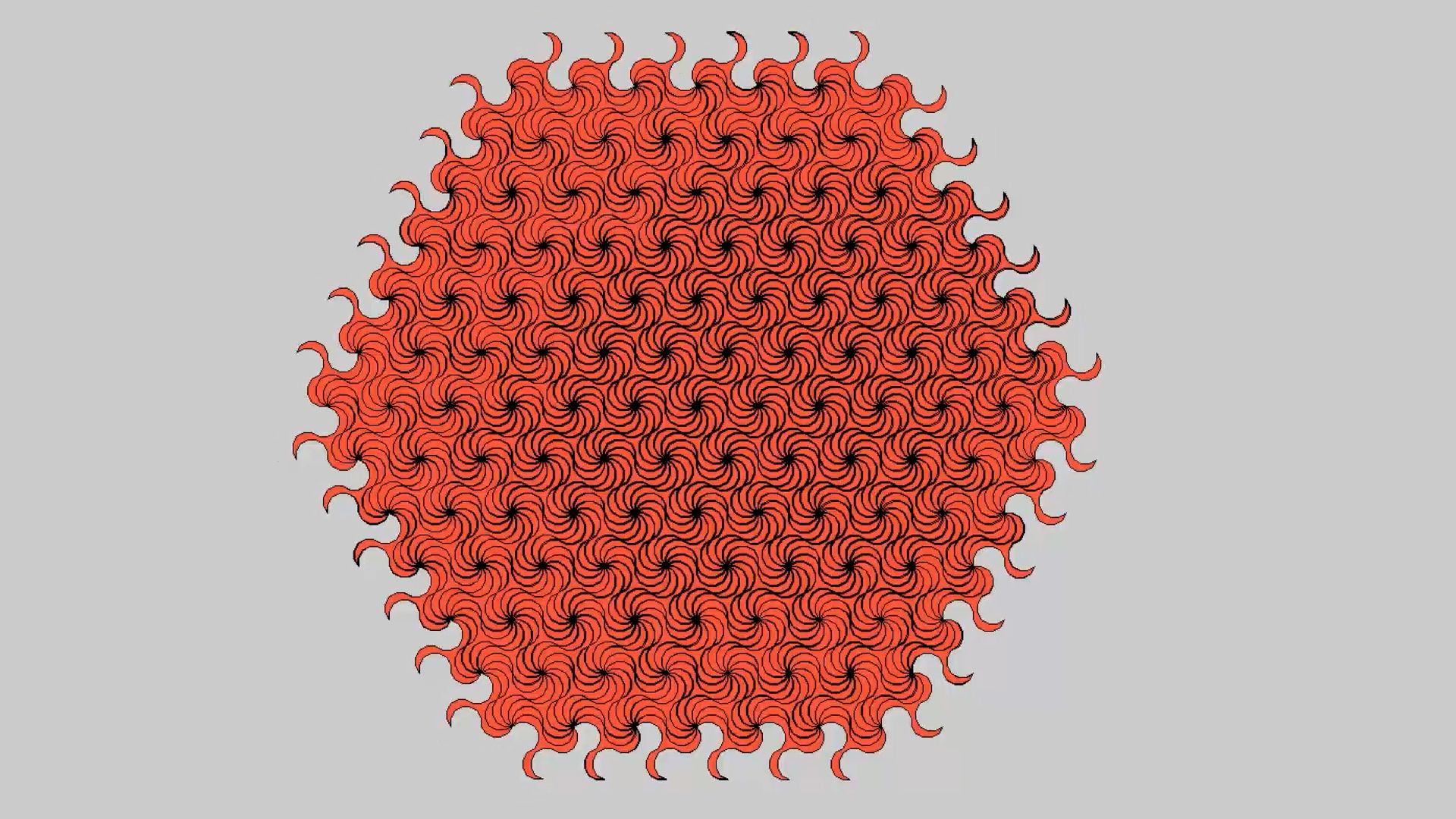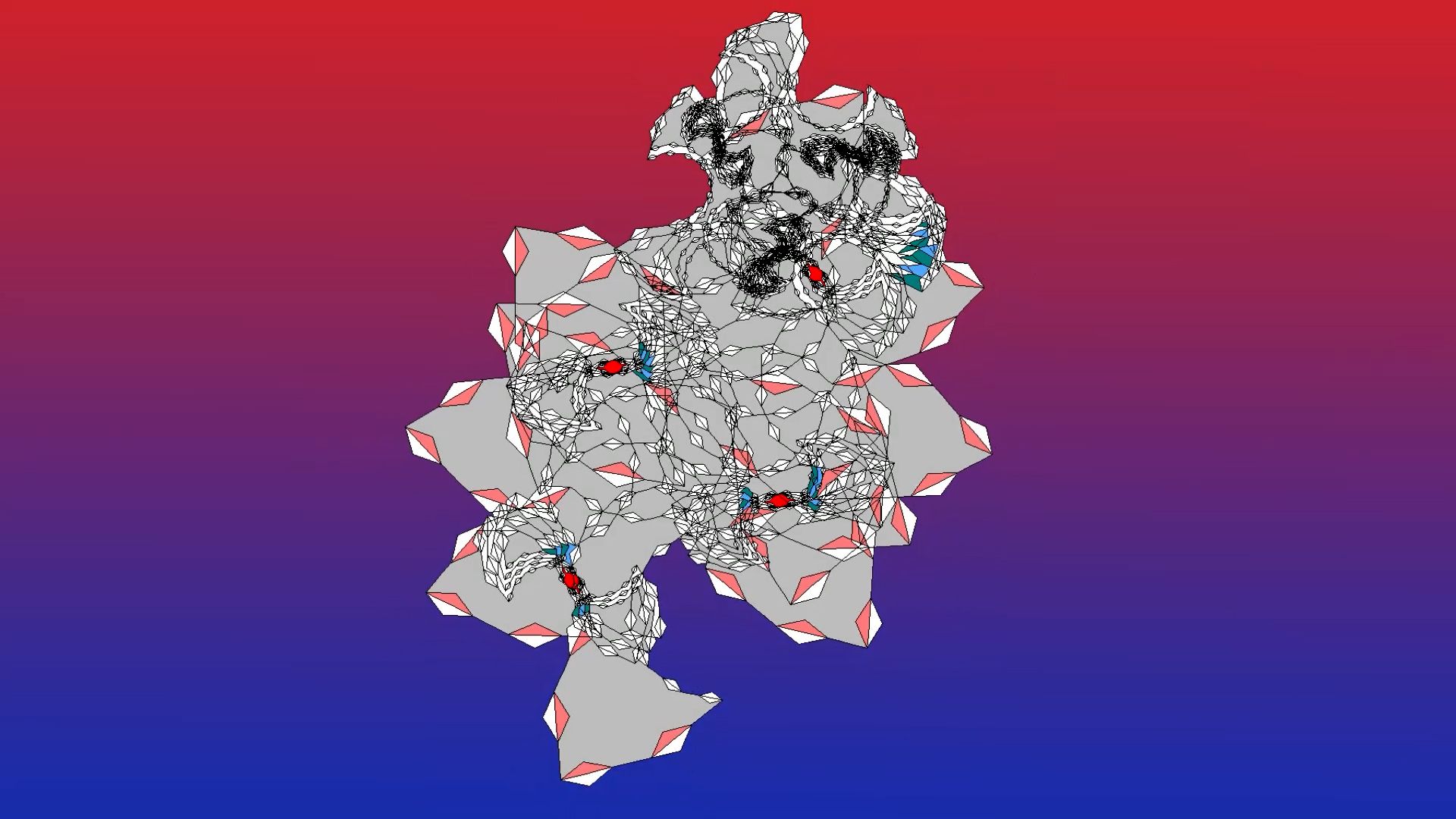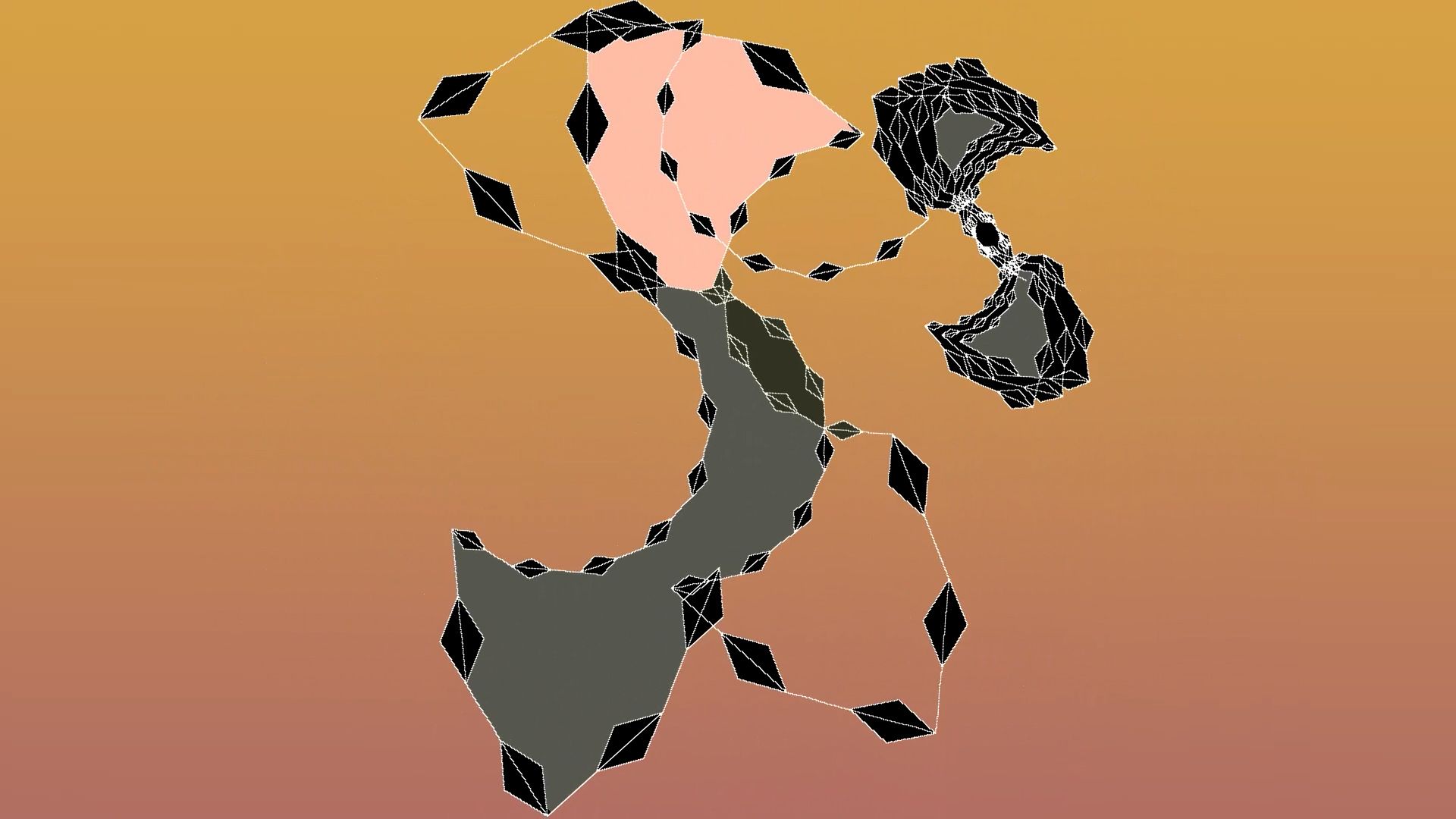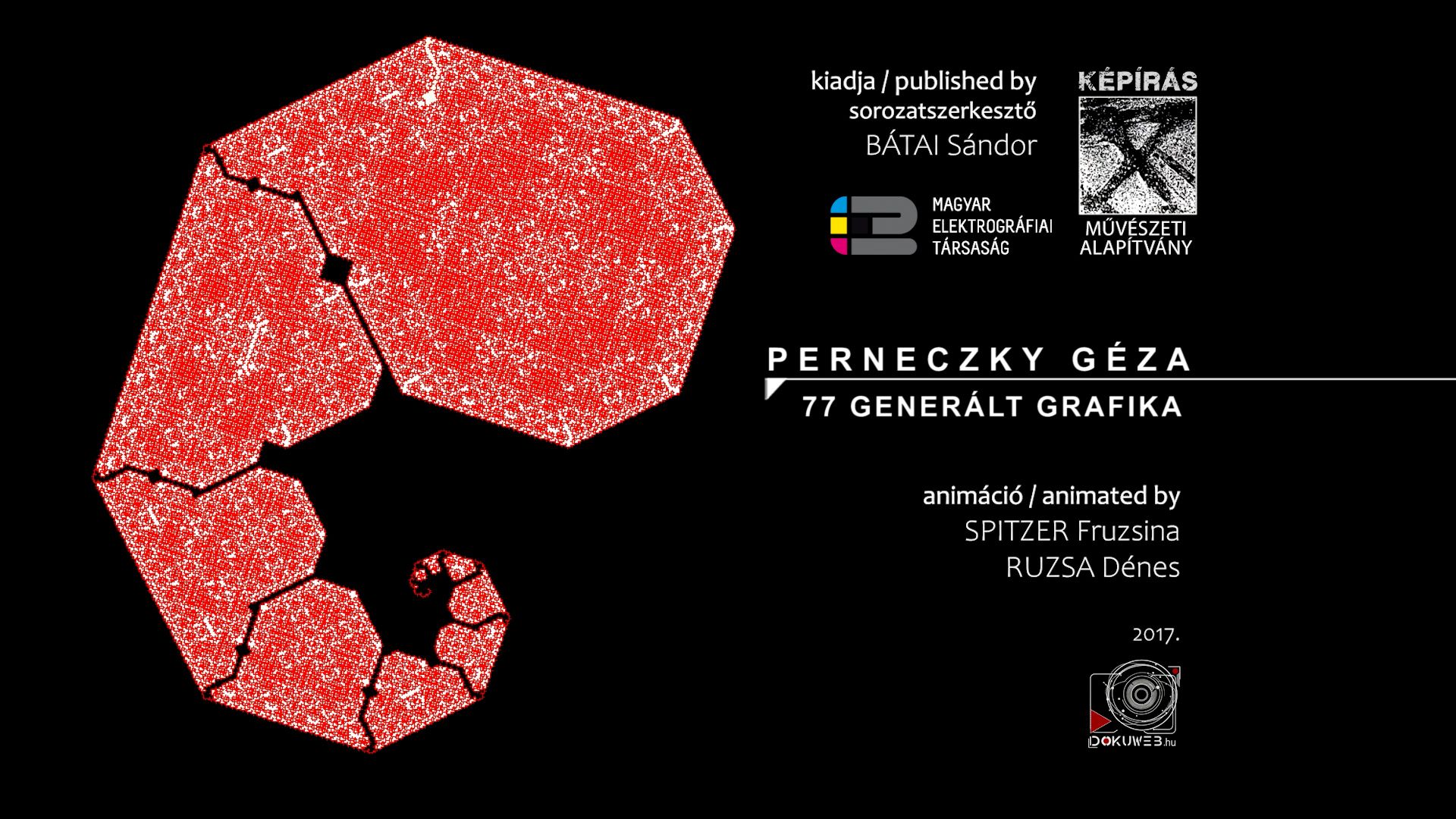77 (Animated) GENERATED GRAPHICS
Fractal animation from Géza Perneczky's 77 Generated Graphics series, (9' fullHD, 2017.)
NOTES ON THE FRACTAL COLLECTION ”77 GENERATED GRAPHICS”
These computer-generated fractal-graphics were selected from about 300 pieces that I created in the early 1990s, when I was introduced to the famous Fractint application and became intrigued by the possibility of creating my own fractals.
All of my works are based on the model of primitive Lindenmayer (L-system) fractals. They are essentially variations on the Koch-curve with the only difference being that upon reaching higher levels of iteration, their lines “wander” freely, crossing or even repeating segments of the previously created path. Unlike their self-avoiding, “cleaner” cousins, these fractals are unlike anything encountered in nature or science. Mathematicians hesitate to work with such a “dirty” branch of fractal geometry. Yet, as this display shows, they can be very interesting sometimes.
Some information about these fractal-graphics: The L-system graphics are originally composed of black and white lines. The colors present in this publication were added with a different program after the fractals were created. This shading is completely arbitrary, and serves only decorative purposes. Only a minority of the collected works are complete fractals. Several other genres are represented in the display:
Tilings
These are constructed from the repetition of one or more basic patterns, which fill the plane completely, leaving no space empty. In principle they are similar to a grid (which also fills the plane with a repeating shape), and thus do not have real fractal dimensions, only a constant dimension of 2, corresponding to the dimensions of a plane. Only the outlines of these tilings can be true fractals with typical fractal dimensions by decimal fractions between 1 and 2.
Rosettas
Some instructions in the generating formulas can eventually cause the growing fractals to revolve around themselves. This creates one great circular image, resembling the spherical windows of cathedrals. The last productive iteration of a Rosetta image can be recorded (in all our examples here: last n = 3).
Proportions of right triangles
Another group consists of graphics composed of line segments that follow the proportions of right triangles. For example, the proportions can be 1:1: the square root of 2, or 1:2: the square root of 5, etc. (any Pythagorean triple). L-system fractals based on these numbers are absent from the professional literature.
Since many of these structures repeat parts of their path, they often seem shorter than their actual length. Comparing the visible and actual lengths can yield insight into the fractal’s character of growth. We can draw conclusions about the amount of creative energy lost during the self-forming process. A fraction is used to express this characteristic, which is a different value for each piece. I call this parameter the coherence of the image." (Géza Perneczky)


